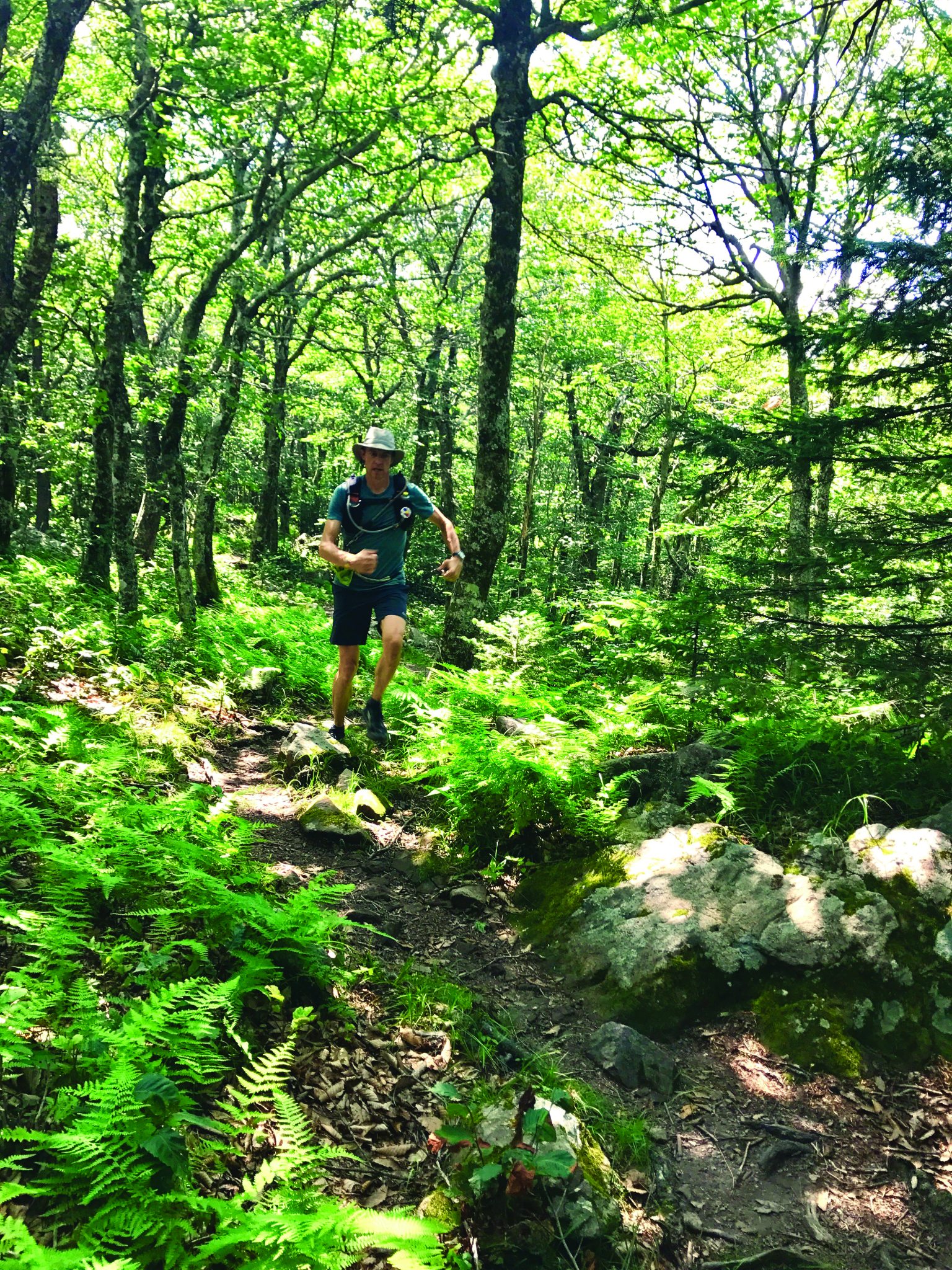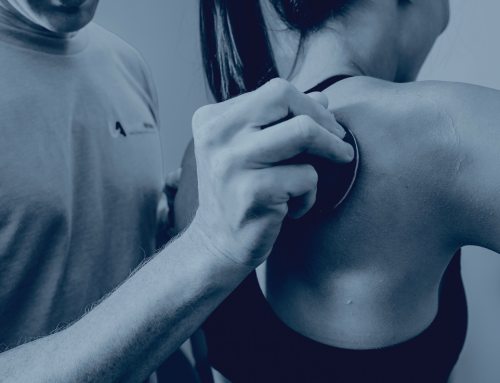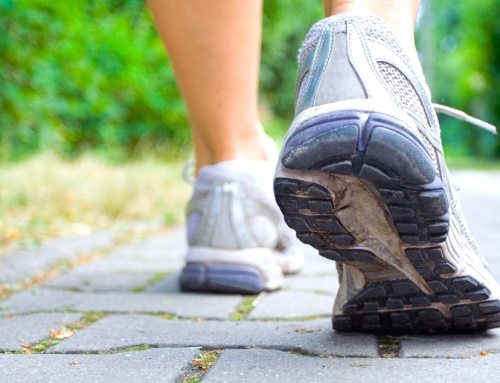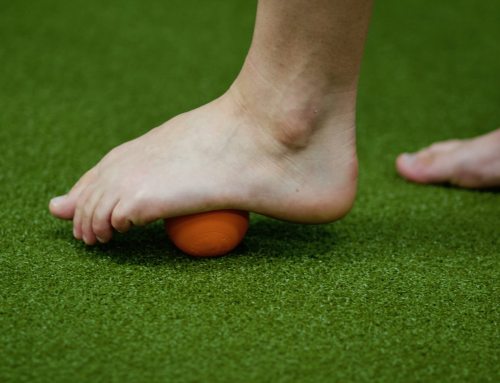By Brian Diaz
When the hot humid Southern days of summer start to fade away and make room for the cool mornings and evenings of fall, I can’t help but yearn to get outside. A friend of mine that lives in Roanoke, VA, an outdoor mecca, once mentioned that he doesn’t really even train at all in the summer but really hits his stride in the fall when the temps drop and leaves start to change. He feels invigorated by the crispness in the air. Inspired by the ever-changing beauty around him, he remembers why he got into endurance sports to begin with, for the love of nature. But, with that new found appreciation of the great outdoors comes an adjustment in our training routines for which our bodies must atone otherwise get injured.
As a physical therapist, I see an increase in injuries around this time of year mostly because of the sheer increase in number of people that become more active. Injuries can also be attributed to a lack of strength and conditioning prior to jumping outside. Training or exercising outside versus inside is not just a psychological release but also requires a different subset of muscle activation that is necessary to remain injury-free. Starting from the ground up, surfaces in the outdoors are usually more varied and instable. While this is excellent in the long run— much more functional and inclusive of all the foot and ankle— it is also more challenging in the short-term and if not prepared could set you up for more headaches down the road.
My first suggestion would be to start training outside now in all aspects, not just the endurance component. I would take the exercises that your personal trainer or physio has given you and do them out in a field, a park, or an open section of trail that you typically run or hike. The added perturbation and unevenness of the surroundings make those exercises that much more functional. If you don’t have access to a personal trainer or physio, there are outdoor fitness Meetup groups and some Yoga studios that routinely have classes outside to help achieve this balance.
My next suggestion would be to adjust your exercises to make sure you address the change in terrain even though you may be doing them inside the gym. This isn’t too difficult. Trainers and physios have all kinds of toys that challenge balance, single leg strength, and core. I would encourage all of you, if you haven’t already, to seek someone to access your imbalances using some type of movement screen to help pinpoint potential areas that may cause injury.
Lastly, come up with a game plan. If you love to get outside to exercise then by all means let’s do it! But what if it rains, thunders, or time commitments get in the way and you’re forced to retreat, what is plan B? Could be as simple as 15 minutes at the house using a few props and a structured exercise routine. Make sure you give yourself time for rest and recovery and not to forget the importance of mobility and strength and not just repetitive stress over and over again.
In summary, let’s make the outdoors even that much more enjoyable in these coming months by doing all we can now to be ready! Assess. Perform. Refine. Stay upright. #OPTOUTSIDE
# # #
Brian Diaz is the head physical therapist and sports specialist at ActivEdge Fitness & Sports Performance. He is a Level II Certified TRX Suspension Trainer and a USA Triathlon Certified Coach. Follow him on Twitter (@JediTriathlete) or go to his website at ExperienceTheEdge.com for more exercise ideas.






